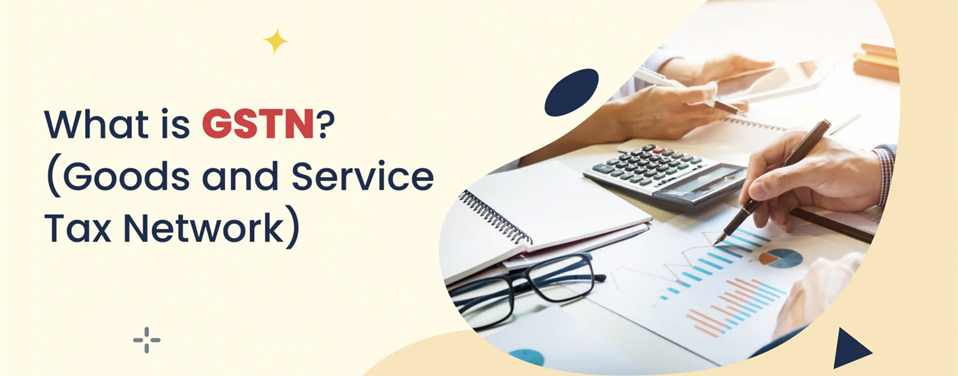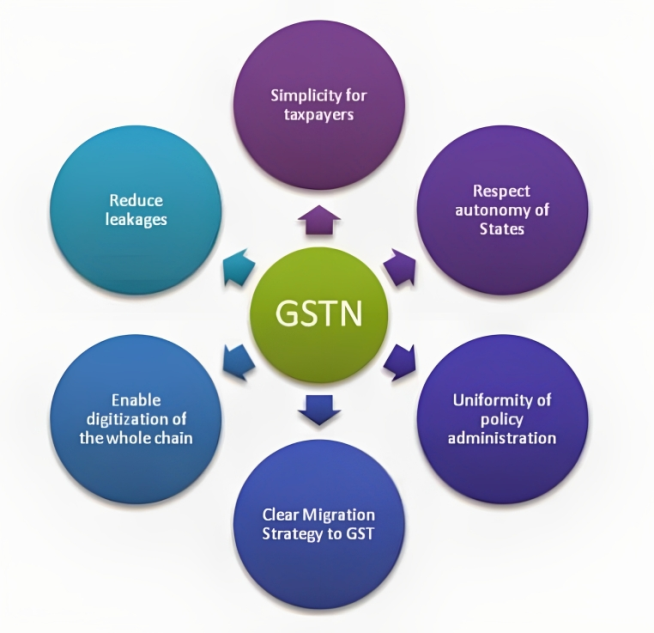Description

Copyright infringement not intended
Context: The GST Network (GSTN) has announced that it has made the geocoding functionality live for all states and union territories as a measure to prevent fake registrations and fraudulent input tax credit claims under the Goods and Services Tax (GST) regime.
Details
- Geocoding is a process that converts an address or a description of a location into geographic coordinates, which can help verify the accuracy of address details in GSTN records and simplify the address location and verification process, according to an update posted on its portal.
- The GSTN has already geocoded 1.8 crore principal places of businesses of various types of taxpayers, including normal, composition, Special Economic Zone (SEZ) units, SEZ developers, input service distributors and casual taxpayers who are active, cancelled, or suspended.
- Submitting geocoding details will be a one-time activity. The geocoding link will not be visible on the portal once the geocoding details are submitted, revision in the address is not allowed.
- The address appearing on the registration certificate can be changed only through the core amendment process. This geocoding functionality would not impact the previously saved address record.
Significances
- It can help prevent fake registrations and fraudulent input tax credit claims by identifying bogus or duplicate addresses, shell companies, circular trading, etc.
- It can enhance transparency and accountability by providing a spatial view of the GST data and enabling better monitoring and analysis of tax collection and compliance trends across regions.
Challenges in its implementation
- The accuracy and reliability of the geocoding data depend on the quality and availability of the address data provided by the taxpayers and the geocoding service providers.
- It may raise privacy and security concerns among taxpayers, especially if their location data is accessed or misused by unauthorized parties or for purposes other than tax administration.
- It may entail additional costs and efforts for both the GSTN and the taxpayers, such as updating the address data, maintaining the geocoding system, resolving disputes, etc.
Some possible ways forward
- Establish clear guidelines and standards for the collection, verification, storage, sharing, and use of the geocoding data by the GSTN and other stakeholders.
- Ensure adequate safeguards and mechanisms to protect the privacy and security of the geocoding data and to address any grievances or complaints arising from its use.
- Provide adequate training and awareness to both the tax officials and the taxpayers on the benefits and limitations of the geocoding functionality and how to use it properly.
- Evaluate and monitor the impact and outcomes of the geocoding functionality regularly and make necessary improvements or modifications based on feedback and evidence.
GST Network (GSTN)
- GST Network (GSTN) is a non-profit, non-government organization that provides a shared IT infrastructure and services to both central and state governments, taxpayers and other stakeholders for the implementation of the Goods and Services Tax (GST) in India.
- It is responsible for facilitating the registration of taxpayers, filing of returns, payment of taxes, generation of invoices and e-way bills, and processing of refunds under GST.
- It acts as an interface between the government and the taxpayers, providing them with various tools and information to comply with GST rules and regulations.
- It was established in 2013 as a Section 8 company under the Companies Act, 2013. It is jointly owned by the central government (24.5%), state governments (24.5%) and non-government financial institutions (51%).
- It operates on a self-sustaining basis, charging user fees to its stakeholders for its services.

Must-Read Articles:
GST: https://www.iasgyan.in/daily-current-affairs/gst-31
|
PRACTICE QUESTION
Q. Which of the following is the function of GSTN?
1. To provide a common portal for taxpayers to register, file returns, and pay taxes.
2. To provide a common portal for tax authorities to monitor compliance and administer refunds.
3. To provide a common portal for businesses to claim input tax credits and reconcile invoices.
4. To provide a common portal for consumers to verify the GST rates and file complaints.
How many of the above statements is/are correct?
A) Only 1
B) Only 2
C) Only 3
D) All
Answer: C
Explanation: GSTN does not provide a portal for consumers to verify the GST rates and file complaints. Consumers can use other platforms such as CBIC GST or GST Rate Finder app for this purpose.
|

https://indianexpress.com/article/business/gstn-launches-geocoding-in-all-states-and-uts-8814123/
















